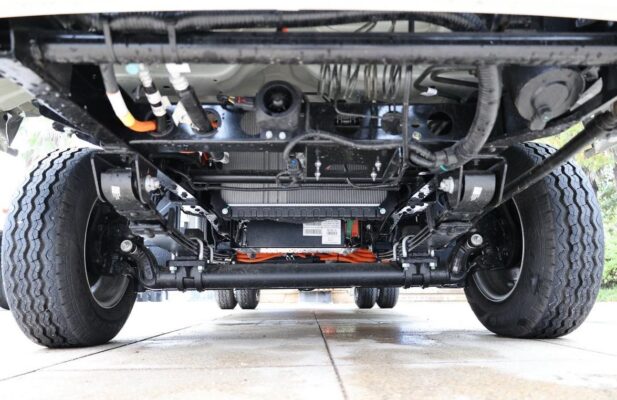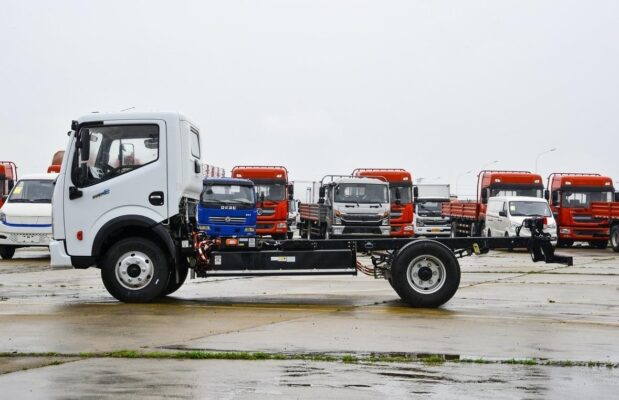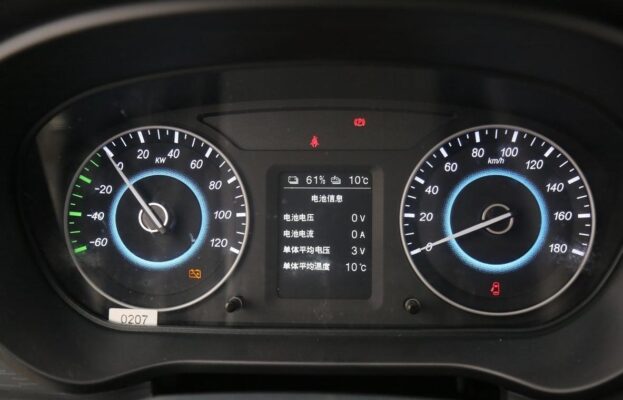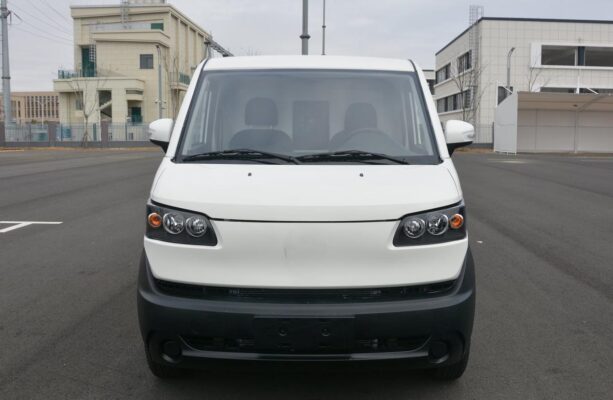Electric Truck News
Is the maintenance cost of new energy electric vehicle batteries high or not?
Posted on by Electric Trucks
With the increasing popularity and promotion of new energy isithuthi sombanes, a growing number of after-sales maintenance issues are emerging before consumers. Among these, the maintenance cost of isithuthi sombane batteries is a major concern for people. There has long been a question that after driving a car for an extended period, is changing the battery more expensive than buying a new car?

The cost of batteries for new energy isithuthi sombanes is indeed relatively high. According to the market price at the beginning of 2019, for ordinary batteries, when calculated by battery capacity, one kilowatt-hour is approximately 1200 yuan. Consider a new energy vehicle equipped with a 40-kilowatt-hour battery. Just the cost of this battery alone amounts to 48,000 yuan. This significant cost can be a deterrent for many potential buyers and owners.
The state has stipulated that the warranty period for the three power systems (battery, motor, and electronic control system) of new energy isithuthi sombanes must be at least five years or 200,000 kilometers. Some car manufacturers even offer a warranty period of eight years or 300,000 kilometers. Additionally, individual car companies promise a lifetime warranty for batteries. This means that during the warranty period, the maintenance of batteries, motors, and electronic control systems is free of charge. However, once the warranty period expires, it becomes the issue that consumers are most concerned about. If the battery truly malfunctions and it costs around 50,000 yuan to replace a whole battery pack, then for many people, even if they could afford to buy the car initially, the cost of repairing it may become unaffordable.

For instance, imagine a consumer who has been enjoying the benefits of their new energy isithuthi sombane during the warranty period. But as the warranty nears its end, they start to worry about the potential costs if the battery were to fail. The thought of having to shell out a large sum of money for a battery replacement can be a source of stress.
The battery pack is typically installed on the chassis of an electric van. In reality, if the battery pack does break down, there is an option to disassemble it and replace the battery pack components separately. A 40-kilowatt-hour battery pack is actually composed of nearly 40 groups of batteries. If a specific group malfunctions, it can be replaced individually. Generally, after such a repair, it costs only about two to three thousand yuan. This is a much more manageable cost compared to replacing the entire battery pack.

To give you a better understanding, here are pictures of a new energy electric van’s battery after being disassembled. When opening the battery pack, more than thirty groups of battery packs can be seen. Each group is equipped with a temperature sensor and a voltage sensor. These sensors comprehensively transmit signals to the battery management system (BMS). The BMS then transmits this information to the on-board computer. This sophisticated system helps monitor the battery’s condition and ensure its safe and efficient operation.
A picture of a single battery pack shows that it can be replaced separately. However, it is crucial to ensure that the brand and capacity of the replacement battery are consistent. When installing the battery, the voltage should also match that of the other battery packs. This attention to detail is essential for maintaining the overall performance and safety of the battery system.

Most of the battery cells in battery packs of cars nowadays use the 18650 model. This battery cell model is the same as that used in everyone’s laptop computers. A close-up of the battery pack cells reveals that the minimum voltage of each cell is about 3.5 volts, and the maximum voltage is about 4.2 volts. Multiple cells are connected in parallel to form a battery pack. This complex arrangement of cells is designed to provide the necessary power and range for the vehicle.
In conclusion, while the initial cost of new energy isithuthi sombane batteries can be high, there are options for more affordable maintenance and repair. By understanding the structure and repair options of battery packs, consumers can make more informed decisions about their vehicle ownership and maintenance costs. Additionally, as technology continues to advance, it is possible that the cost of batteries will decrease over time, making new energy isithuthi sombanes even more accessible and cost-effective in the long run.